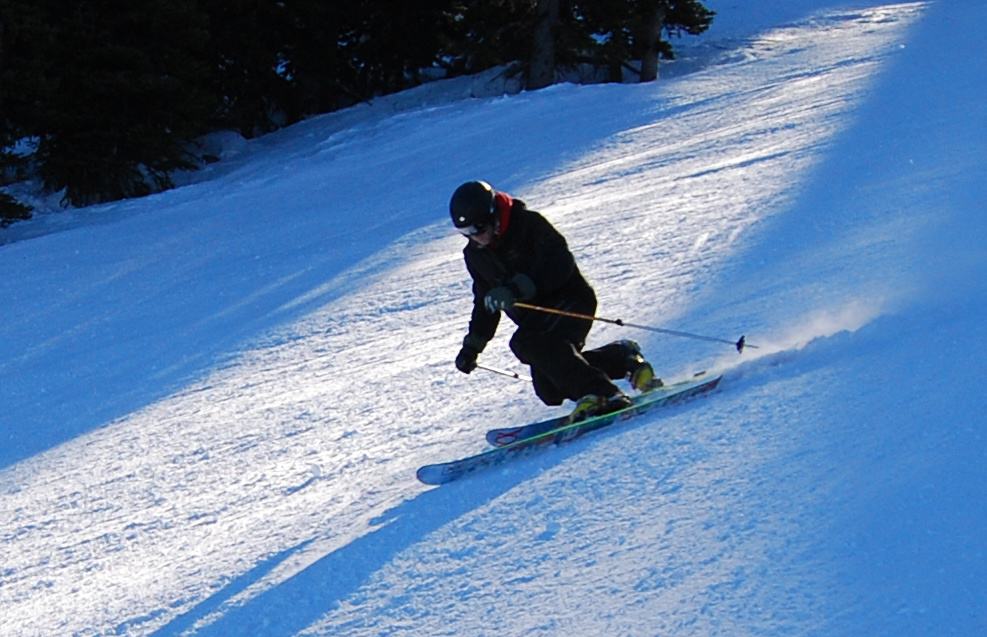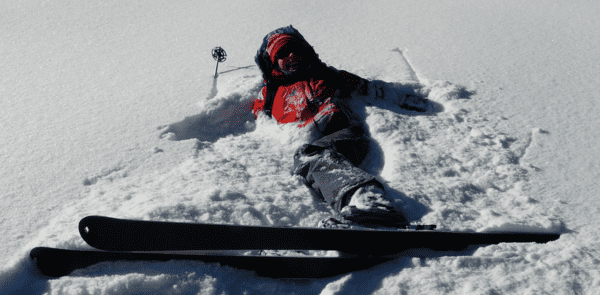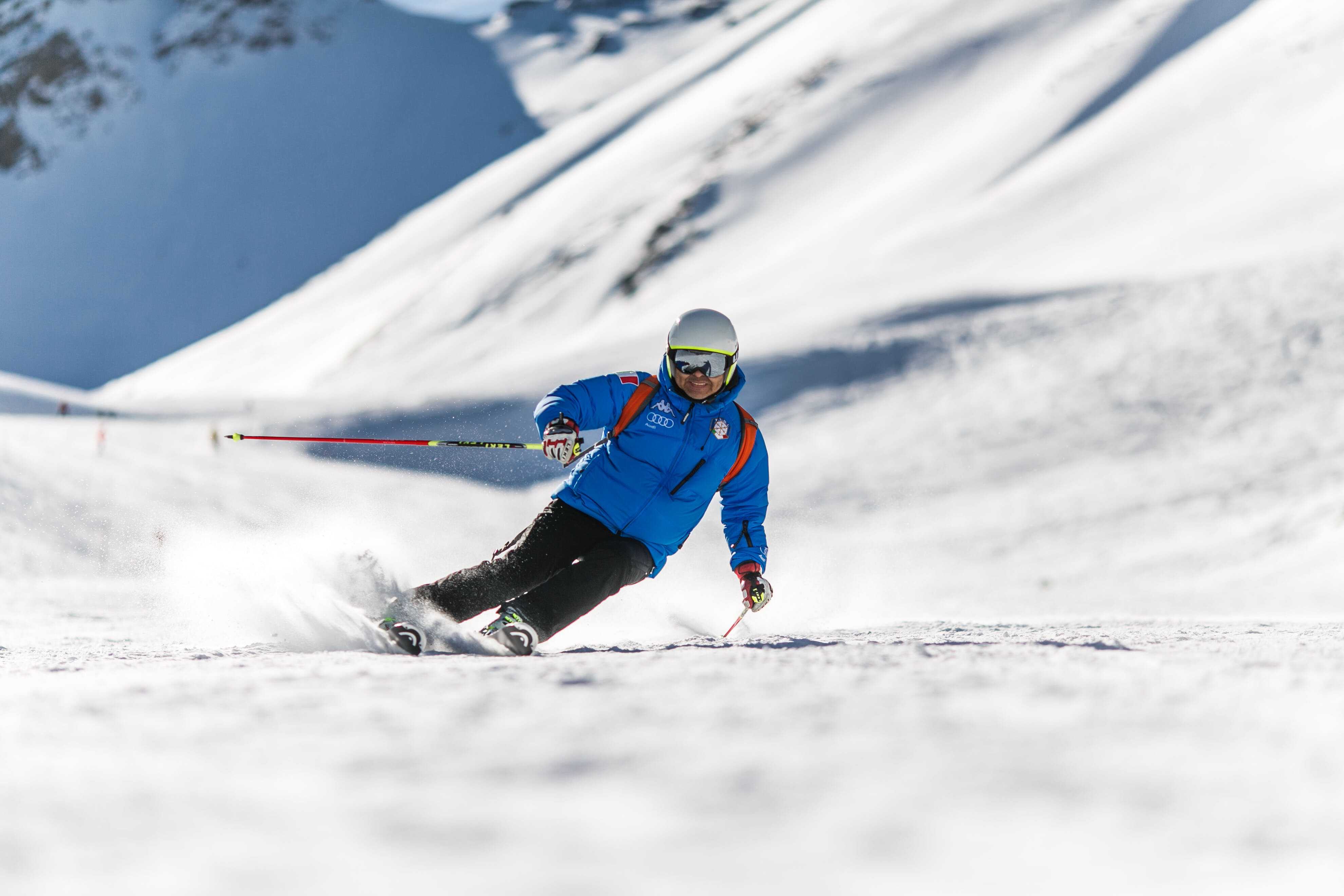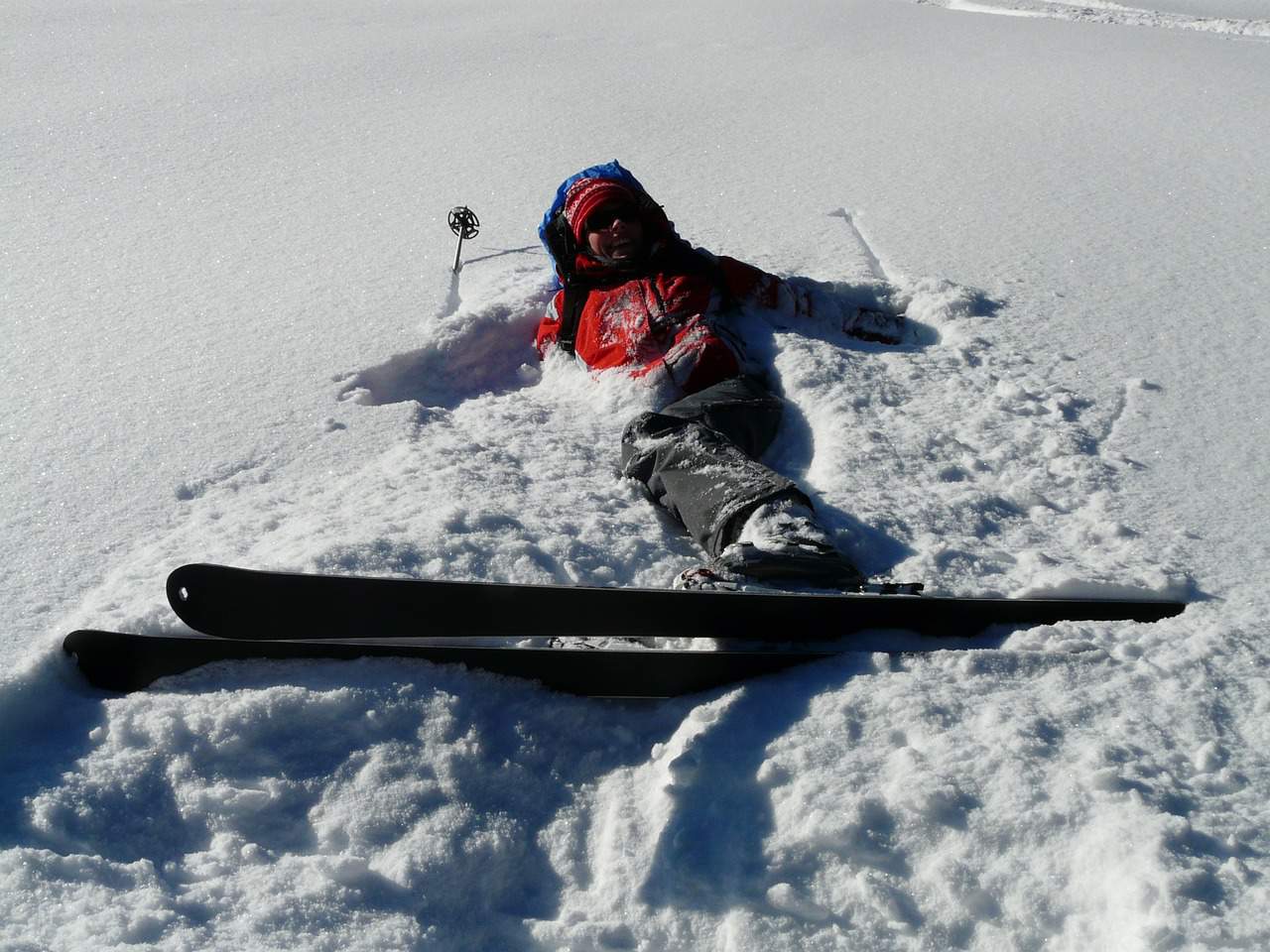As exhilarating as skiing may be, it’s crucial to hit the slopes with an awareness of potential risks. This guide will shed light on the critical aspect of this winter sport — injuries. Join us as we uncover the most common ones and discover the factors that contribute to these mishaps. Most importantly, learn practical tips to prevent them. Let’s ski smart and ski safe, shall we?
Understanding the Risks
Skiing demands a harmonious blend of strength, balance, and agility. The dynamic nature of the sport places considerable stress on the lower body. It particularly targets the knees and ankles as skiers navigate varied terrains. The constant need for quick adjustments to changing conditions requires: 1.) robust core muscles and 2.) a finely tuned proprioceptive sense. Moreover, the speed and unpredictability of downhill descents intensify the physical demands.
Several factors contribute to the risk of skiing injuries. Uneven terrains, moguls, and icy patches amplify the challenge. These factors increase the likelihood of falls and collisions. Novice skiers may lack the refined techniques necessary to execute manoeuvres safely. Additionally, fatigue, inadequate warm-up, and poor equipment maintenance heighten vulnerability.
Understanding these physical demands and risks is crucial for skiers of all levels. That way, they can adopt preventive measures and enjoy the slopes safely.
Most Common Skiing Injuries
Skiing is thrilling, but it’s crucial to know the risks. In this section, we explore common injuries, explaining what they are and why they matter.
1. Knee injuries (ACL, MCL)
Knee injuries are frequent in skiing, particularly to the following body parts:
- anterior cruciate ligament (ACL)
- medial collateral ligament (MCL)
The ACL stabilises the knee. Abrupt changes in direction or awkward landings can lead to tears. MCL injuries result from the skier’s lower leg being forcefully twisted outward. This, in turn, often causes damage to the inner ligaments.
2. Fractures and breaks
The high-speed descents and varied terrains make skiers susceptible to fractures and breaks. Such injuries commonly affect the wrists, arms, or legs. Collisions with obstacles or falls can exert immense force, leading to bone injuries.
3. Sprains and strains
Sprains involve the stretching or tearing of ligaments. Meanwhile, strains affect muscles or tendons. The abrupt twists and turns in skiing can result in these soft tissue injuries. Take, for instance, in challenging conditions. This can cause pain and limited mobility.
4. Head injuries
Skiing’s speed and potential for falls make head injuries a serious concern. Helmets provide crucial protection. However, understanding the risks and practising safe skiing techniques are equally vital. Both practices can significantly help in preventing concussions and head trauma.
5. Dislocations
Joint dislocations, often at the shoulder, can occur during falls or collisions. The impact of such incidents can force the bones out of their normal positions. In most cases, this may require prompt medical attention.
Understanding these common skiing injuries is paramount for skiers of all levels. Recognising potential risks and prioritising safety are key to enjoying the slopes responsibly.
Causes and Contributing Factors
 (Image Credit: Wikimedia Commons)
(Image Credit: Wikimedia Commons)
To ski with confidence is to understand the factors that contribute to the injuries. In this section, we explore the causes of each:
Exploring causes
Each injury carries a tale. By discerning its roots, skiers gain the ability to mitigate risks proactively. This understanding becomes paramount in injury prevention. Whether addressing the sudden twists predisposing individuals to knee injuries. Or the repercussions of falls culminating in fractures. Unmasking these causative factors aids in risk reduction. Plus, it empowers skiers with invaluable knowledge. Overall, this fosters a safer and more informed approach to their downhill endeavours.
Environmental factors
Terrain and weather wield significant influence over skiing safety. Even seasoned skiers are faced with challenges:
- the undulating landscapes
- icy patches
- abrupt elevation shifts
Armed with this awareness, skiers can adapt their approach intelligently. This makes real-time adjustments to mitigate risks. This understanding also enhances safety on the slopes and the ever-changing alpine environments.
Personal factors
Individual skill levels, experience, and equipment play pivotal roles in injury susceptibility. Novice skiers may grapple with unfamiliar techniques. Meanwhile, improper or poorly maintained equipment can amplify risks. Acknowledging these helps skiers make smart choices for a safer downhill experience.
Prevention Strategies
Ensuring a safe and injury-free skiing experience involves a proactive approach. Start with a thorough warm-up routine to prepare your muscles and joints for the physical demands of skiing. Incorporate dynamic stretches and exercises that target key areas. These include legs and core to enhance flexibility and reduce the risk of strains.
Regular equipment checks and maintenance are imperative. Inspect your skis, bindings, and boots for any signs of wear or damage. Ensure your equipment is in optimal condition to enhance performance and safety.
Investing time in skill development through lessons is invaluable, especially for beginners. Professional instruction helps hone techniques, improves control, and builds confidence. Ongoing skill enhancement is beneficial for skiers of all levels, to add.
Maintain a heightened awareness of skiing conditions. Be mindful of weather changes, terrain variations, and the presence of other skiers. Adjust your skiing style accordingly and adhere to safety guidelines. Staying informed about the conditions allows for anticipatory actions. Adding these tips into your skiing routine to reduce injury risk and enjoy the slopes safely.
Round-up
Skiing is thrilling, especially when safety is a priority. Understand common injuries and their causes, and use preventive measures for confident slope navigation. Prioritise proper warm-ups, equipment care, skill improvement, and awareness of conditions. With these habits, skiing transforms into a responsibly enjoyed activity. Embrace the slopes cautiously for an exciting yet safe winter experience!
Explore our supports & braces at Physioroom, tailored to enhance your skiing experience. Our selection includes knee braces designed to support and protect you during your skiing.
Note: For those considering skiing, we recommend consulting with a healthcare professional. This is especially important for those with medical conditions. Consultation helps ensure the sport aligns with your health needs. Prioritise your well-being and enjoy the slopes with confidence!



 (
( (
(